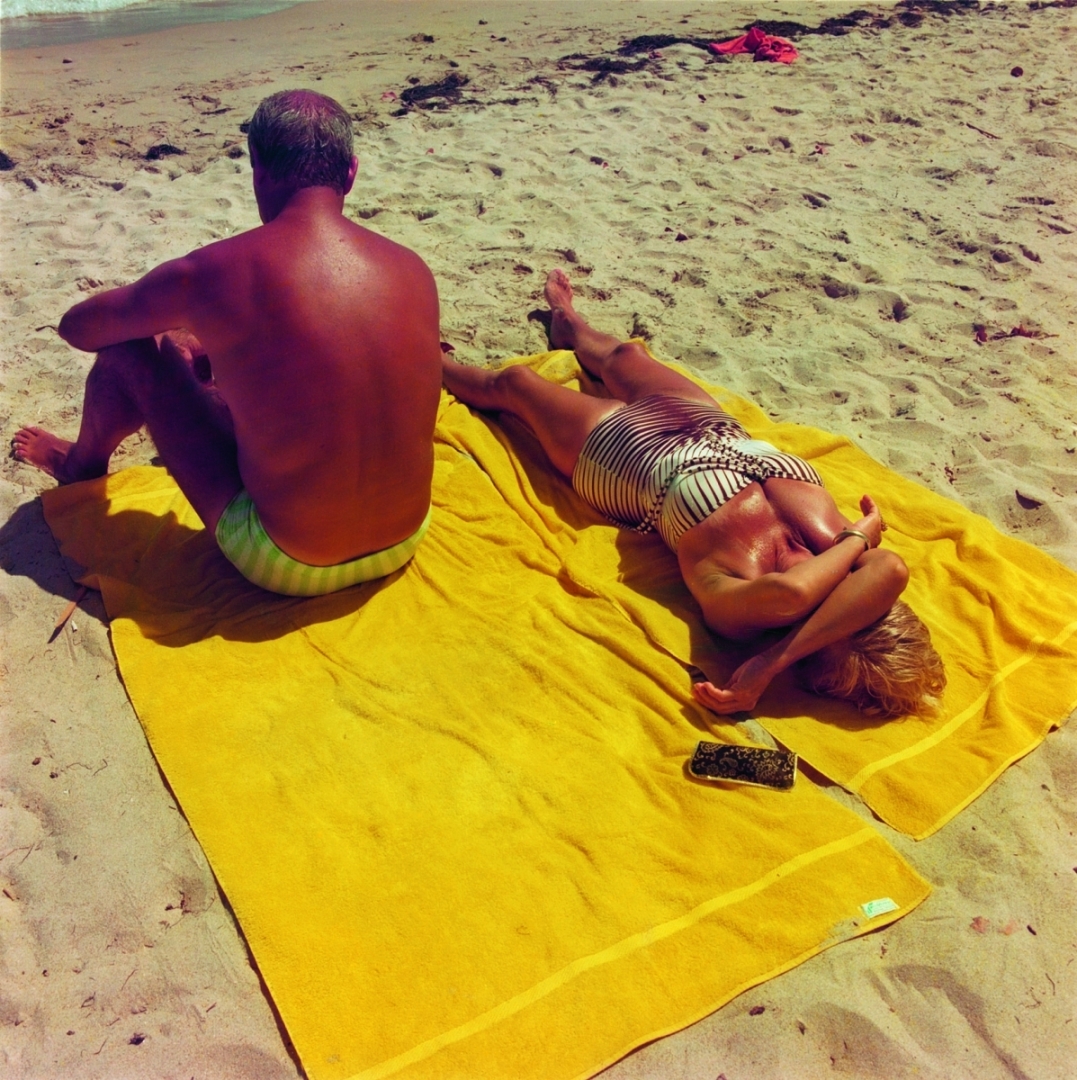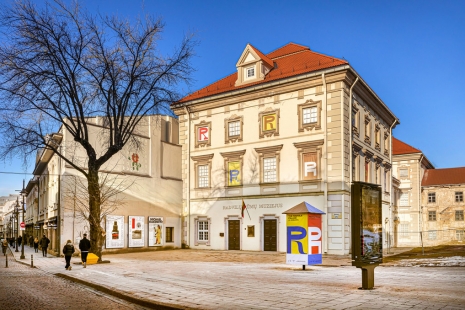“The Lithuanian National Museum of Art is pleased to present the work of the extraordinary American photographer Andy Sweet. The photographic artworks of Andy Sweet may be enjoyed in at least two ways: we can appreciate them aesthetically as a reflection of the vibrant tapestry of life in Miami Beach during the 1970s, a nostalgic and affectionate portrayal of the tight-knit and colourful Jewish community that flourished in the area during that time; we can also see them to experience the triumph of life over death, and rejoice over the successful escape of innocent people that once faced the Shoah,” Arūnas Gelūnas, director general of the LNMA, introduces the newest exhibition.
“In the 1960s, American photography saw the emergence of social landscape, a trend focusing on observing and reflecting everyday phenomena. Like other representatives of the ‘new documentary,’ Sweet’s work is united by a subjective view of his surroundings. Andy Sweet also explores the themes of everyday life through the juxtaposition between the environment – the sunny seaside, where there always seems to be a sense of cheerfulness and liveliness – and the subjects he observes, the elderly inhabitants of Miami Beach,” notes Ugnė Marija Makauskaitė, curator of the exhibition.
A photographer with a distinctive style
According to archivist Edward Christin, during MA Arts studies, Andy Sweet switched to color film, something few serious photographers were doing at the time. His approach to photography was firmly established, characterized by a direct, unposed, and instinctive frontal view. He described it this way in his master’s thesis:
“I want my photos to be truthful accounts… And for that reason, I use color exclusively. The pictures are not about colour. The colour is a device to include more reality in a medium that already shows much reality.”
“After graduation in 1977, Andy, alongside his friend Gary Monroe, decided to dedicate a decade to their hometown by initiating The Miami Beach Photographic Project. Gary Monroe’s black-and-white photographs of Miami Beach embraced a formal aesthetics, while Andy’s style veered in the opposite direction. In the fifth year of the project, Andy passed away, which was a tragic loss of a major talent. Nevertheless, his legacy in Miami Beach would come to define his career and serve as a documentation of the changing landscape of his hometown,” says archivist Edward Christin.
Focus on LGBTQ+ community
Ugnė Marija Makauskaitė, curator of the exhibition, notes that moments from the LGBTQ+ community captured in Andy Sweet’s work reveal some of the first events in Miami Beach dedicated to LGBTQ+ people. Artist reveals the importance of this community, which has unequivocally contributed to the city’s overall growth and popularity.
“The changes in both American photography and social life are also reflected in Andy Sweet’s work, where he reveals the tensions that prevailed at the time without hiding his personal relationship with his subjects. Through the juxtapositions, the artist raises the issues in popular culture between the dominant social and various communities, which relate to our different worldviews, anxieties, and perhaps even fears. However, the photographer raises questions leaving the task of finding the answers to the viewer,” states Makauskaitė.
The exhibition “Where the Summer Never Ends” is Andy Sweet’s most expansive show yet.
Organiser: The Radvila Palace Museum of Art of the Lithuanian National Museum of Art
The project is financed by the American Embassy in Lithuania
Curator: Ugnė Marija Makauskaitė
Coordinator: Viltė Visockaitė
Consultant: Edward John Christin
Research Consultant: Margarita Matulytė
Architect: Sigita Simona Paplauskaitė
Graphic Designer: Jonė Miškinytė
Image Editor: Vaidotas Aukštaitis
Media Sponsor: JCDecaux Lithuania
Sponsor: SUN 365





